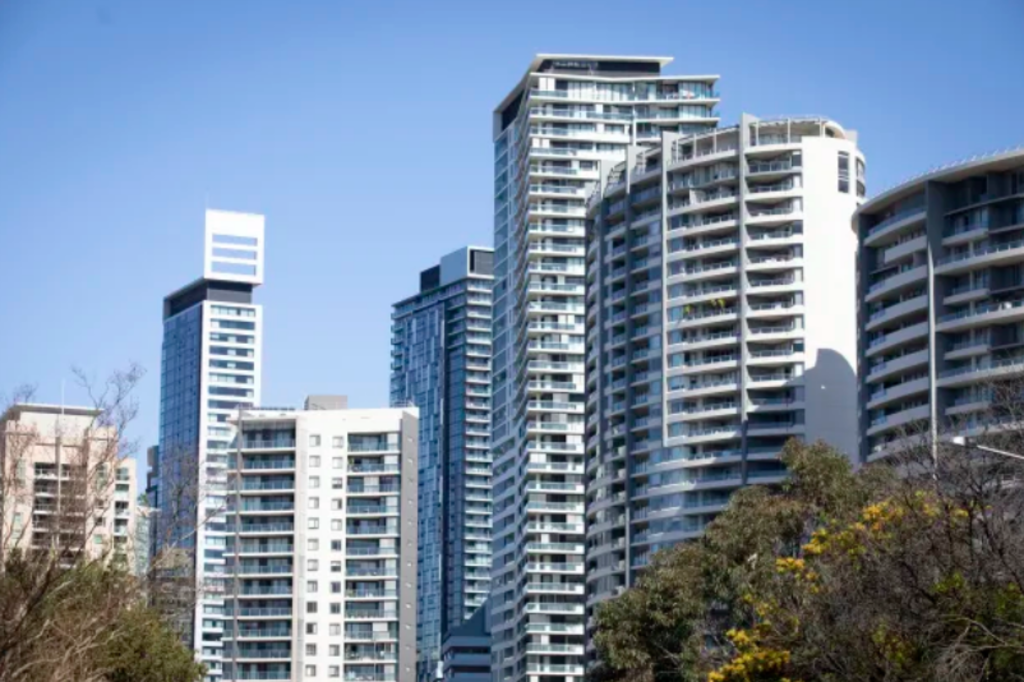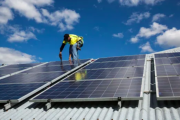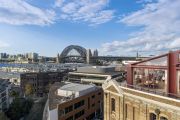
NSW cladding remediation to kick off this year
NSW wants to start work on the first of 225 worst-affected cladding buildings by the end of this year, kicking off a three-year remediation process it estimates will cost the state up to $260 million.
In a key difference from the process under way in Victoria, NSW will not fund the work itself, but pay interest on the $950 million-worth of loans it estimates owners’ corporations will take out to fund the remediation.
The state will pay about $139 million to fund procurement and design work, and about $120 million in loan interest.
The most populous state is also taking a more prescriptive approach to fixing the buildings with combustible polyethylene-core panels than its neighbour south of the Murray River.
It will design processes that will replace the cladding, as well as fixing any other defects it discovers in the facade system such insulation, moisture barriers and fire barriers, and will not leave any of the flammable panels on walls, not even with measures that could reduce their risk.
“There will be no performance solutions in our scheme,” NSW building commissioner David Chandler told The Australian Financial Review.
“We should not leave these buildings with any ongoing obligation to do things.”
While the extensive use of combustible cladding has created a crisis for asset and apartment owners across the world, the fragmented national response in this country – one of the smaller global markets tackling the problem – means insurers have to come to grips with a series of bespoke state-based solutions, rather than one country-wide model.
Partial removal
In Victoria, the state’s cladding rectification agency had to spend $7 million on its own insurance policy to ensure coverage for builders and consultants on the work it is commissioning.
In NSW, designers contracted to plan remediations would be required to take out their own on-market insurance policies, said Tanya O’Brien, the director of the NSW government’s Project Remediate.
“Where we find that there are limited insurance products at the moment we’re working directly with the Insurance Council of Australia to ensure those products become available,” Ms O’Brien said.
The government can afford to take a hardline stance on removing all cladding, as it will be the owners who actually pay for it, rather than the state, and it does not risk a blowout in cost to the public purse.
In Victoria, where the state government’s original $600 million budget was to fix an estimated 500 buildings, the figure has now risen to nearly 700, forcing agency Cladding Safety Victoria to cut funding for some buildings in favour of higher-priority cases.
Victoria’s process for rectifying cladding includes considering options that leave part of the combustible cladding on a building in cases where it is deemed a suitably low risk to do so and provided other measures are in place that allow residents to escape safely in the event of a fire.
In Victoria, the state only pays for rectification of the cladding itself. If other defects are discovered during the assessment of a building, the owners have to come up with the funds to pay for them.
Mr Chandler said NSW expected to appoint a managing contractor to oversee the project in the next month. It would likely only appoint a funder to provide loan capital next year, as the NSW building commission had enough funds to start the first projects.
Last month, the state government said 50 strata bodies had registered to take part in the remediation program.
The work would likely be conducted in six batches of about 35 buildings, Mr Chandler said. The average length of each remediation would be about 180 days, he said.
Buildings fixed under the program will also be used to road-test the state government’s new building assurance solution.











